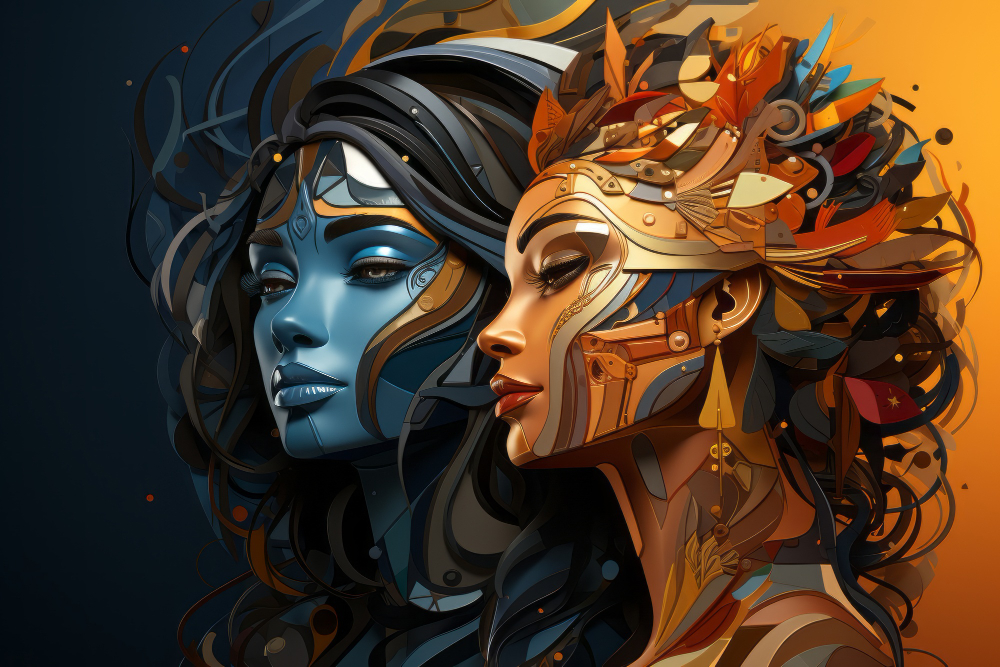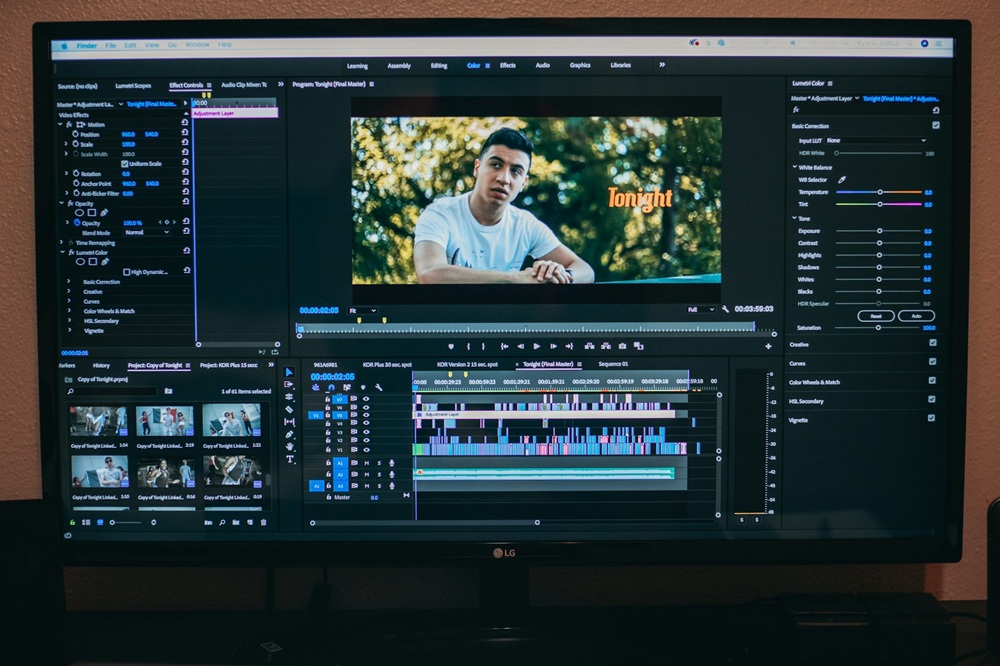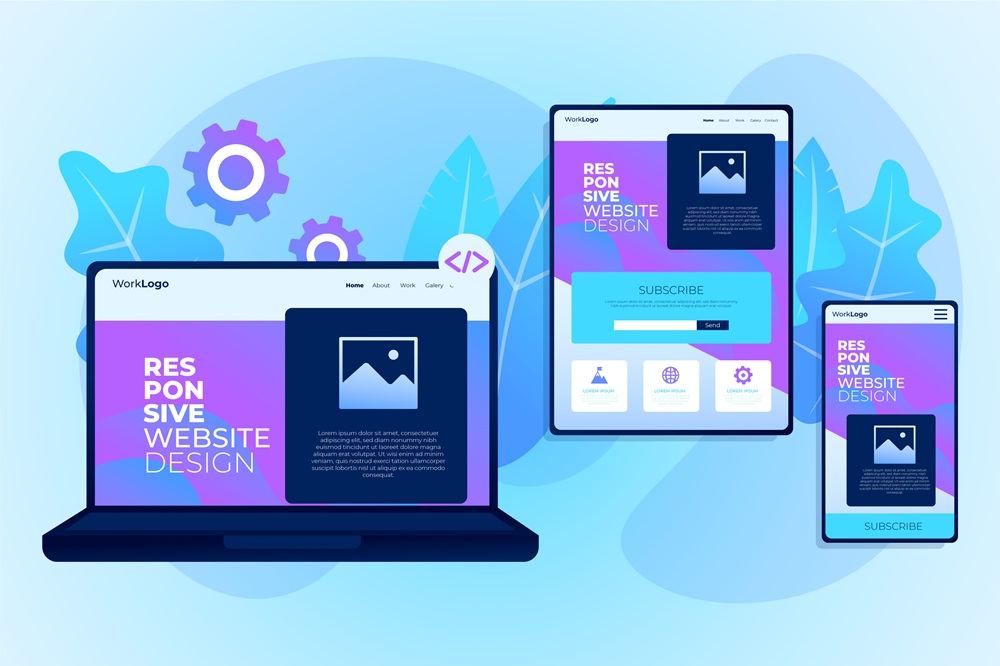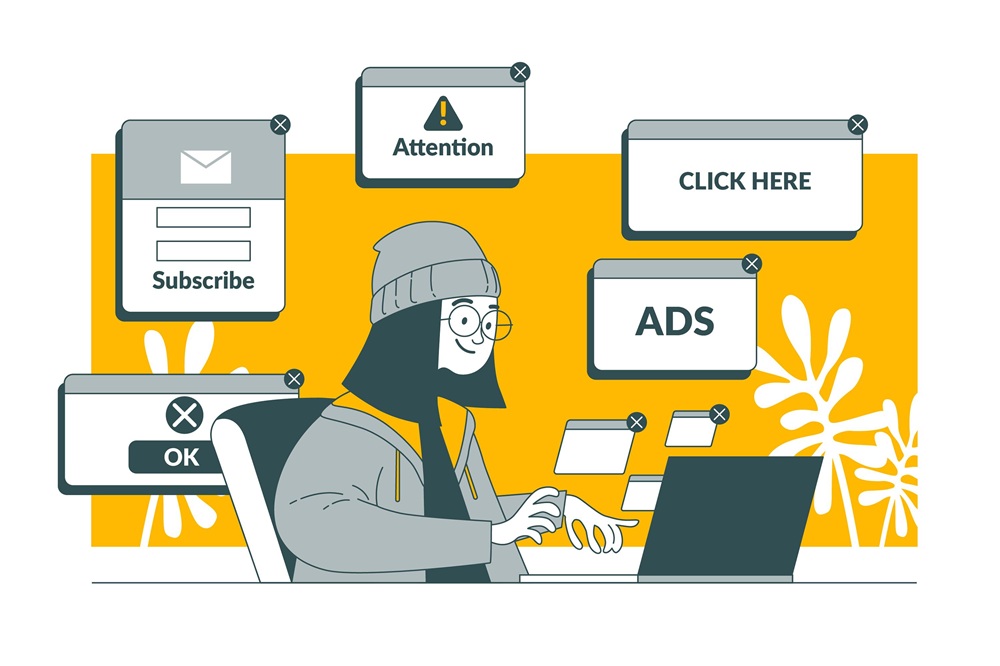AI technology is advancing rapidly, including in the world of visual art. According to Gitnux, more than 80 percent of art galleries are now considering AI-generated artwork to attract younger collectors. It is because AI tools can create detailed visuals quickly and often appear impressive at first glance. Yet despite these advantages, many people still see AI art as a problem. So, why is AI art bad?
DACS’ survey shows that many artists have lost jobs or creative opportunities as clients shift to AI-generated work. Beyond this issue, many people also ask why is AI art bad for the environment, as the energy consumption required to train and run AI models contributes to significant carbon emissions.
This article will explore key reasons why AI art is often viewed as “bad” or problematic, particularly in terms of ethics, visual quality, and its wider effects on the creative industry.
Key takeaway:
- AI art can create fast and impressive visuals, but it also brings serious issues that include copyright risks, biased outputs, lack of originality, inconsistent details, and declining appreciation for human-made art.
- While AI is useful as a creative tool, it cannot replace human emotion, intention, and artistic judgment.
- Maintaining originality, ethical standards, and respect for human creativity is essential in an era increasingly influenced by AI art.
7 Reasons Why AI Art Is Often Considered Bad
AI art can certainly be useful for many people, but it also comes with significant downsides that often spark controversy, especially among artists, professional designers, and those working in the creative industry. Below are some key points that explain why artificial intelligence art is controversial.
1. Copyright Issues and Unlicensed Training Datasets
Many visual AI models are trained on millions of images scraped from the internet, including works created by artists, illustrators, photographers, and professional designers. The core problem is that much of this data is collected without permission, without compensation, and often without the creators’ knowledge.
This makes copyright concerns one of the strongest criticisms of AI art, raising questions about both legality and fairness to original creators.
Also Read: The Battle of Midjourney vs Leonardo AI as Art Generators
2. Inconsistent Visual Details
Why is AI art bad? One major reason is its inconsistent visual details. AI-generated images may look impressive at first glance, but they often lose accuracy when viewed more closely. This happens because AI predicts patterns rather than understanding real-world structures the way humans do.
As a result, details that require visual logic or proper anatomy often appear distorted. Common examples include characters with extra fingers, unnatural or twisted limbs, and uneven body proportions. AI also struggles to generate readable text or typography, which frequently looks broken or misshapen.
3. Built-in Biases in AI Outputs
Because AI learns from datasets collected from the internet, visual bias becomes almost unavoidable. For example, when it comes to race and gender representation, AI often struggles to produce balanced results. It commonly generates light-skinned women for prompts like “beautiful woman” or male characters for prompts such as “CEO” or “leader.”
For the creative industry, this kind of bias can be a serious risk, especially when used for branding that requires inclusive and culturally sensitive representation.
4. Loss of Originality
One of the biggest criticisms of AI art is the loss of originality in the work it produces. AI does not create from personal context, lived experience, or emotional nuance the way humans do. Instead, it relies on visual patterns from a vast collection of images it has been trained on. As a result, AI-generated artwork often feels like a remix of existing pieces rather than something genuinely new.
In the creative industry, this becomes a significant concern because brands, design studios, and professional illustrators need truly original work to stand out from their competitors.
Also Read: Top 7 AI for Graphic Design to Improve Designers Workshipman
5. Decreasing Appreciation for Human Artists
Why is AI art bad? Another reason is the declining appreciation for human artists. It is because when AI can produce images quickly, cheaply, and that look ‘good enough,’ many people begin to assume that the human creative process is no longer as important as it once was.
This gradually reduces the value of the time, effort, and skill required to create high-quality artwork. In the long run, it also affects emerging artists, who find it increasingly difficult to secure opportunities, commissions, or spaces to build their portfolios because the market prefers the instant convenience of AI-generated art.
6. Shifting Aesthetic Standards
Generative AI learns from a massive collection of visual data, which leads it to produce visuals that look statistically appealing or popular but often ignore core art principles such as composition, lighting, and anatomy.
If this style continues to dominate, the public may begin viewing it as the ideal aesthetic standard. This can push aside unique or experimental artistic styles, narrow visual taste, and ultimately reduce the motivation for humans to create authentic art.
7. Risk of Style Homogenization
Because AI learns from similar datasets, it tends to produce visuals with a homogenized style even when the prompts vary. As a result, the creative industry faces the risk of reduced stylistic exploration, loss of visual diversity, and brands appearing generic because they end up using the same aesthetic.
This becomes a significant problem because brand visuals that look too similar to competitors can lead to long-term consequences. It can weaken brand value and reduce audience engagement. In the end, companies may need to spend even more to develop a visual identity that feels genuinely unique.
Also Read: AI Arts, Where Do We Go From Here?
Why Is Human Creativity Still Irreplaceable?
Although AI can speed up brainstorming and help generate initial ideas, design studios and major brands still require human input for art direction, style exploration, and truly original aesthetic quality. This happens for several reasons:
- AI is only a tool that executes and remixes ideas, while creative vision and intent come from humans.
- Human emotion and context cannot be replaced by machines because AI can mimic style but cannot feel or understand cultural and personal nuances.
- Every human carries a unique background and worldview. These personal perspectives shape originality in a way AI cannot mimic.
This is why many major companies often see AI art as bad in certain contexts and continue to rely on human designers and illustrators to maintain genuine creative control. AI may support the creative process, but the final decisions still remain in human hands.
Also Read: Can AI Book Cover Design Help Publishing Book?
Create Your Original Designs!
AI art may be fast and impressive, but it comes with significant challenges. Many of the key reasons why AI art is bad include copyright concerns, loss of originality, declining appreciation for human artists, shifting aesthetics, and style homogenization, all of which affect creators and the creative industry.
AI may assist creativity, but it cannot replace the skill, perspective, and uniqueness of human artists. Preserving originality and ensuring copyright-safe work is essential to keep art meaningful and valuable in an AI-driven world.
One effective way to create original and safe designs is by using fonts from Creatype Studio. They offer a wide variety of original premium fonts for both personal and commercial use.
With our fonts, you can elevate your designs with unique, high-quality fonts while staying legally safe and maintaining originality. For more details, visit the Creatype Studio!




